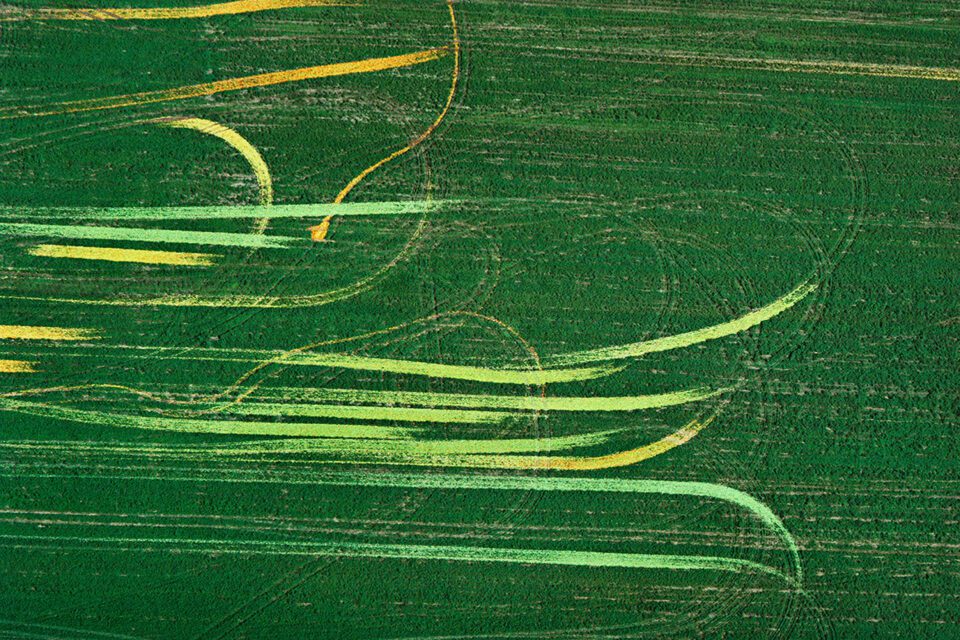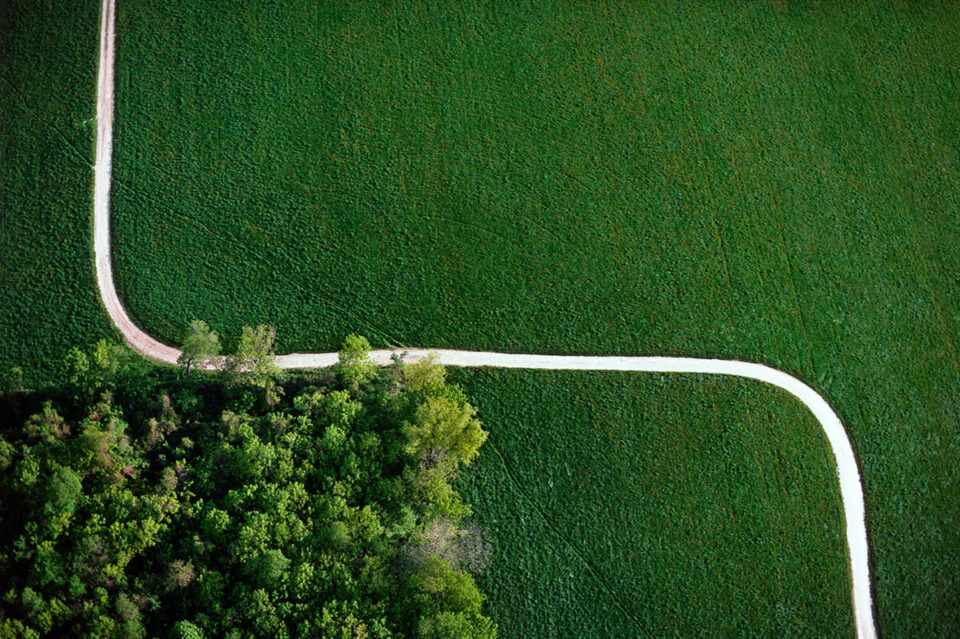“What is the way we live now?” In a complex, globalised and increasingly digital world, such a gargantuan anthropological question feels almost futile. How do we even begin to answer it? There are so many cultures and communities that make up global societies, each with different ways of life and individual experiences. Yet, every so often, a compilation of documentary work arises that trains a fixed gaze on the present, in an attempt to diagnose what “the way we live now” is, and how it has come to be. Some of the 20th century’s most ambitious, large-scale photography projects – Edward Steichen’s The Family of Man (1955), Robert Frank’s The Americans (1958) – are the first to spring to mind. Today, key initiatives like Portrait of Humanity from 1854 media and British Journal of Photography celebrate our commonalities.
Now, Civilization, curated by acclaimed author William A. Ewing and museologist Holly Roussell, is a mammoth gathering of 150 of the world’s finest contemporary photographers, including established, mid-career and emerging talents. The exhibition, running at London’s Saatchi Gallery in collaboration with the Foundation for the Exhibition of Photography, comprises over 350 original prints from the likes of Candida Höfer, Edward Burtynsky, Mandy Barker, Michael Wolf, Nadav Kander, Richard Mosse and Yan Wang Preston. Together, the images aim to enshrine the current global moment, with a particular focus on unprecedented levels of change spurred by technological and urban developments. There are eight thematic chapters – Hive: where we live; Alone Together: how we relate to one another; Flow: how we move our bodies and goods; Persuasion: the power of influence; Escape: how we relax; Control: maintaining order and discipline; Rupture: breakdown and disorder; and Next: new worlds on the horizon. This major show has already toured throughout Asia, Australia and Europe, and is now in the UK alongside a comprehensive Thames & Hudson publication of the same name.

It is telling that this project is not named “humanity”, or titled after a particular time period or age. Instead, “civilization” draws a much broader picture. “It is one of those terms everyone can agree upon, until someone dares define it,” states Ewing in the essay The Clear Mirror. The word might suggest ancient, fallen civilizations: Maya, Mesopotamia, the Roman Empire, and so on. These are centuries-long trajectories that, at first glance, might seem to be the stuff of history, bearing little relation to our 21st century tech-driven moment. Yet we, in turn, are facing serious threats to our diverse ways of life. In November 2022, the global population surpassed eight billion for the first time. According to the United Nations’ World Population Prospects 2022 report, “each new billion people has arrived faster than the previous billion.” Right now, we are living in a packed room. New concerns are also emerging regarding technology, as more and more people feel threatened by machines and AI. In 2023, The Guardian reported that “leading researchers have signed an open letter urging an immediate pause in [AI] development, plus stronger regulation, due to their fears that the technology could pose ‘profound risks to society and humanity’.”
“Each day and every hour human civilization evolves, dissolves, mutates. Some days, that adjective human sounds suspect,” Ewing writes. This statement exemplifies perhaps Civilization’s, and our own, most fundamental anxiety: that despite exponential growth, we are in a race against our own disappearance. Global warming’s fist shakes harder; the European continent is a stove with an ever-turning knob; New York City turned orange from the effect of faraway wildfires. We have endured a multi-year deadly pandemic. Many would argue we have not taken the chance to grab the steering wheel and turn this ship around. Apocalypse now, or not?
Many of the shots in Civilization are aerial, embodying an “all-seeing” perspective we can rarely inhabit from the ground. Philippe Chancel’s Construction of the Burj Khalifa Tower, Dubai (2008) chronicles the building of the world’s tallest structure under a growingly insolent sun. Elsewhere, Mintio captures glimmering night-time city roads in Concrete Euphoria, Bangkok from the Baiyoke (2008), and Victoria Sambunaris turns the lens on the USA, with sweeping shots of trains crossing Utah’s Great Salt Lake. Alex MacLean’s (b. 1947) Loaded Coal Train Cars, Norfolk, VA (2011), meanwhile, implies economics, power and commodities in movement. Ironically, from above, it looks like something from nature: the zoomed-in striations of tree bark. Shipping Containers, Portsmouth, VA (2011) is a scene that produces a similarly clever effect. It’s like an endless Lego playground that might appear in childhood dreams – a darkly playful composition.
MacLean is a 76-year-old American photographer and pilot, originally trained as an architect. Over a more than 40-year-long career, he has been documenting changing landscapes, particularly of large-scale agricultural patterns and city grids. His images expose how human and technological intervention, as well as the Earth’s own natural responses, have wrought physical environmental change on various topographies. The author of 11 books, MacLean has also won several prestigious awards, including the Corine International Book Award, and grants from the National Endowment for the Arts and Pulitzer Center for Crisis Reporting.

In 1973, MacLean earned his Masters in Architecture from Harvard Graduate School of Design, where a core programme in land planning would prove particularly influential to his photo-based work. “I was really understanding where architecture sat in relation to the larger environment,” he recalls. MacLean began flying during the same time period, and would “stoop [his] camera on the plane and take pictures.” The results started to evoke 3D models and architectural typologies. “I could fly in close and see façades and sidewalks or go up to a higher altitude and see the site in its urban context. It was a great tool at the time … people just weren’t utilising this kind of photography for planning purposes.”
MacLean has spent thousands of hours in the sky with his camera. He has been particularly drawn to farmlands, recording not only their material and environmental realities but also their aesthetics. In one shot from the Agriculture series, vast, neatly bifurcated green fields look like an extremely magnified close-up of a leaf. There’s an obvious tension between reality and abstraction here, and one that MacLean intentionally manipulates into the art of the final image – he admits he enjoys the “play.” Such a technique can be seen in the work of other well-known aerial photographers, like Edward Burtynsky’s Manufacturing #17, Deda Chicken Processing Plant, Dehui City, Jilin Province, China (2005). A sea of factory workers under sterile lighting cut and package chicken; yet the Barbie pink of their uniforms – the cherry red tins and deep blue aprons – creates a strange, discomforting sense of whimsy, even beauty. Mandy Barker is another stand-out example; she creates visually pleasing arrangements of plastic waste salvaged from global shorelines.

From a high vantage point, MacLean shows us the precisely ruled lines, geometric and curving patterns that are marked into enormous, buttery spreads of soil, grass, sand and more. The images betray the extent to which we have attempted to organise and impose on wilderness for material benefit. However, they also reveal cultural and economic changes within particular societies, and open up questions of why. When starting out, MacLean remembers seeing a mill pouring out a red dye into a river. “They were obviously dying some kind of fabric, but they were dumping it out into the river … It really had me looking at these types of issues more carefully,” he explains. MacLean’s approach has led to the exposure of other key environmental issues, too, such as agriculture’s “excessive use of water in groundwater pollution” and the damaging effects of ploughing and fertilisers. Yet, despite these pressing issues, the artist maintains a generous perspective. His gaze accommodates “the romance and beauty of seeing landscapes and how they’re being farmed – how they’re feeding people – seeing different farming technologies. So, at the same time, these are exciting patterns.”
What do we do with such work, and with a book and exhibition like Civilization? This is not the first art project to offer an implicit treatment for the world, and it certainly won’t be the last. We’ve seen multimedia artist Vivien Sansour’s Palestine Heirloom Seed Library, combatting privatisation of Palestinian agriculture and policies destructive to local biodiversity, and Edward Burtynsky’s The Anthropocene Project, a larger, collaborative, immersive multimedia approach to climate crisis. The art world is in constant engagement with all that is pressing society forward into overcrowding, overwhelm, and indeed, possible collapse. Civilization does offer Ewing’s “clear mirror” through which to look at ourselves. Seeing this rich collection of photographs – entirely accomplished, startling reflections of our world and its diverse sub-worlds – achieves that goal. It is hard to look away from such pictures; each one is unpleasant and beautiful, hopeful and foreboding, all at once. But is it enough just to see ourselves in the mirror? What do we do once we’ve faced up to our reflections? Do we act, or are we stunned into silence and stillness?

Todd Brandow, Executive Director of the Foundation for the Exhibition of Photography, and Bartomeu Mari, Director of Seoul’s Museum of Modern and Contemporary Art, urge that there is value in the “sweeping overview” Civilization brings, despite recent curatorial reluctance. “Photographers are at work everywhere, looking at everything.” For Brandow and Mari, it’s not up to artists to say where we are going, but to show where we are. They are able to present us with truths, but alone are not agents of change – that’s where we come in.
“We can assimilate information so quickly through a picture,” MacLean says. “It’s not linear in the sense of reading from one sentence to the next. It’s one of the joys of photography, framing a picture and then assimilating a scene and putting it together.” When MacLean points to the construction of a composition, even within the apparent “veracity” of the lens, he reminds us of something perhaps more crucial than whatever distressing or oddly compelling truth his work reveals: how we could change the scene before us. This is the central question of Civilization: can we imagine, compose and execute an entirely new image – before it’s just too late?
Civilization
Saatchi Gallery | Until 17 September
Words: Vamika Sinha
Image credits:
1.Alex MacLean, White Road and Trees, Adams, MA, (1987).
2.Alex MacLean, Dryland Farming Near Shelby, MT, (1991).
3.Alex MacLean, Rice Fields, Davis, CA, (2003).
4.Alex MacLean, Tracks of Tomatoes in Field, North Central Ohio, (1990).
5.Alex MacLean, Pine Forest, Hawaii, (2006).





